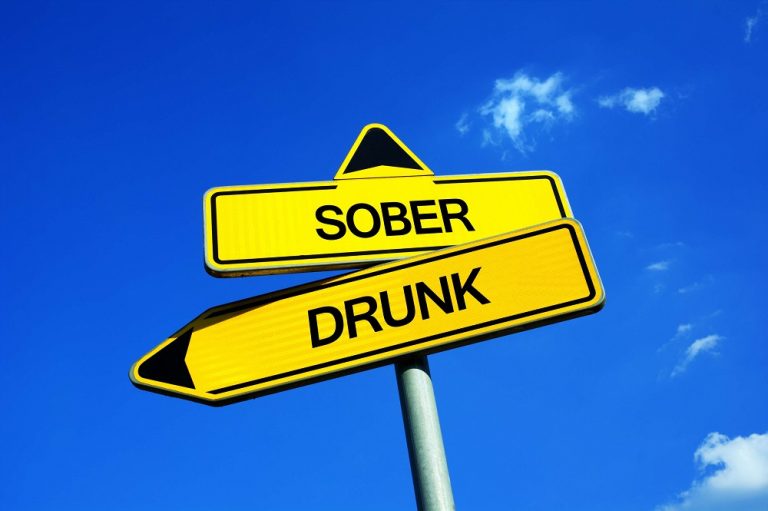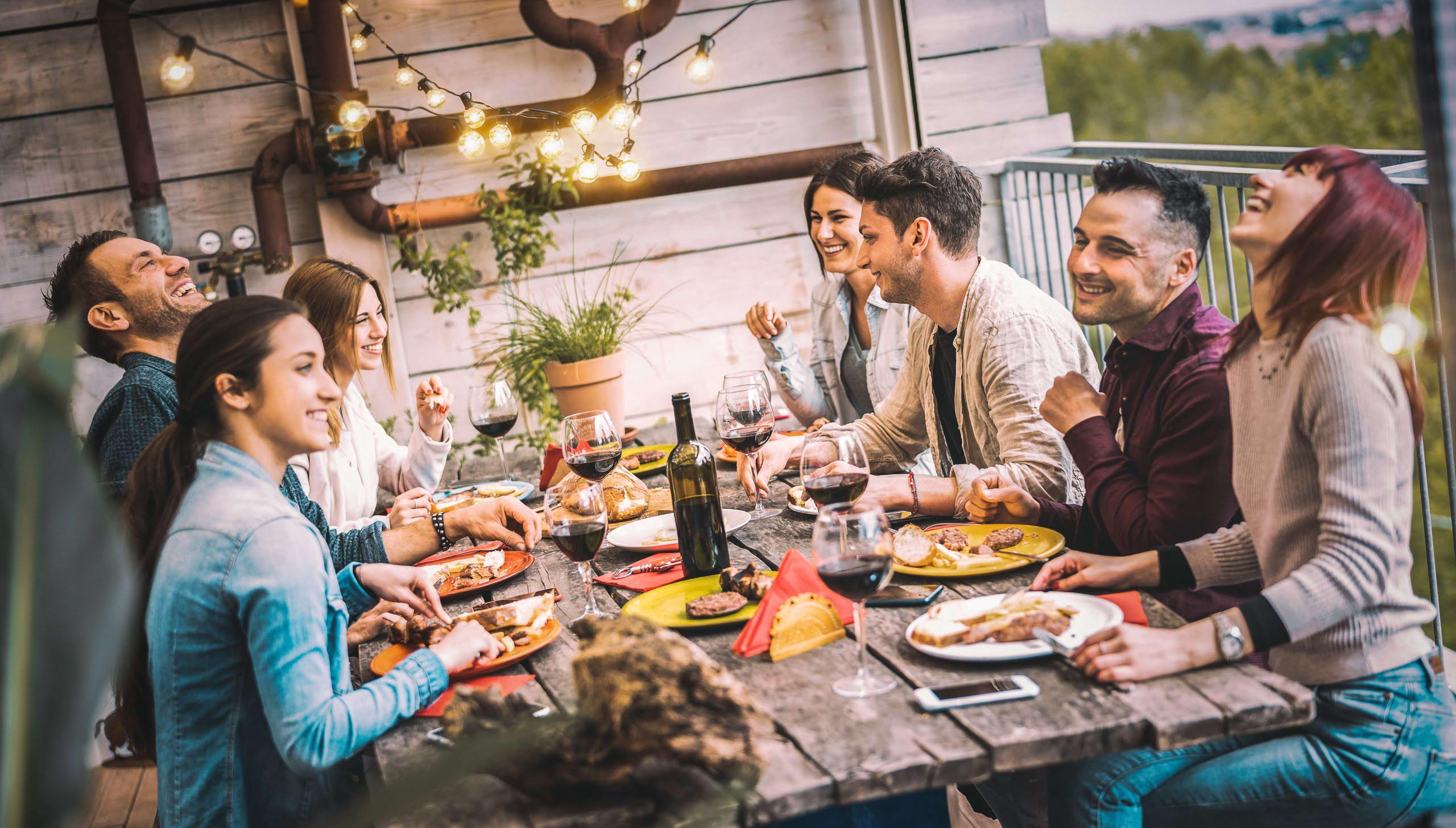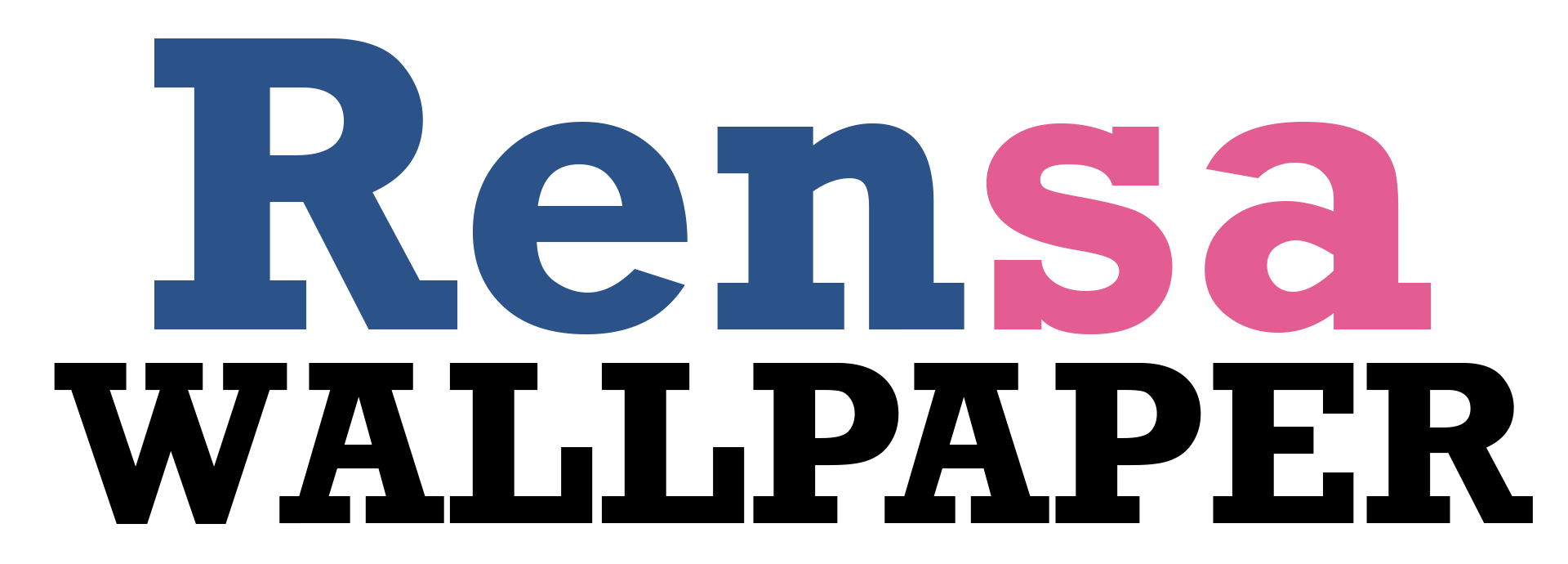What we love about this product is that it’s in liquid drops form, which makes it much easier to consume. It also has higher bioavailability and assimilates with your system much quicker. Joining support groups, such as Alcoholics Anonymous, can offer a sense of community and shared experiences. Sharing your experiences, listening to their stories, and receiving encouragement can be incredibly empowering. You might decide to meet friends at a quieter venue or practice relaxation techniques before heading to a social event. You might reach for alcohol when you’re really just thirsty, says Crews.

Dove Recovery
Oar Health offers medication FDA-approved for the treatment of alcohol problems. External triggers are https://kalaashramudaipur.com/wine-addiction-signs-risks-recovery-at-zoe/ things in your environment that make you want to drink alcohol. These triggers can be people, places, or things that make you crave alcohol.

Medications
At 12 South Recovery, we believe in addressing the root causes of addiction through a combination of support, therapy, and education. The recommended dose for most patients is a 50 mg daily oral naltrexone pill. However, you should speak to your healthcare provider about what dosage is right for you to take. Some people may need to take a higher dose to feel the effects of naltrexone. Alternatively, others adjust their dosage in order to avoid side effects.
Final Thoughts from Mountain Valley Recovery
- External triggers include things like people, situations, or places.
- They often involve a combination of physiological, psychological, and environmental factors.
- But when you tell yourself “not right now,” you preserve your sense of agency and reduce the mental pressure.
Cravings are normal for anyone who is going through detox or trying to maintain recovery from alcohol use disorder (AUD). Understanding them is the first step toward breaking free from their hold. This signal is telling you to have a drink, but it’s not controlling you. With practice, the urge can become a signal to use an urge coping strategy.
- Some small clinical studies have shown it can reduce alcohol cravings and alcohol withdrawal symptoms.
- It’s essential to have a strong support system in place to aid in the process.
- By including these seven foods in your diet, you can provide your body with essential nutrients and support its overall well-being.
They provide a slow and steady release of energy, helping to stabilize blood sugar levels and prevent spikes that can trigger cravings. Oats are also rich in fiber, which aids in digestion and can promote feelings of fullness. When it comes to choosing the right foods to manage alcohol cravings, there are some key considerations to keep in mind. These foods provide a wide range of vitamins, minerals, and antioxidants that support overall health and well-being. Some examples of Alcoholics Anonymous nutrient-dense foods include fruits, vegetables, whole grains, lean proteins, and healthy fats. Consuming the right foods can help control alcohol cravings in several ways.
- A whiff of alcohol at a restaurant, the tension from a hard day, or simply being around old drinking buddies can suddenly stir up the urge to drink.
- The liver cleanse is also a great addition to the supplement, as it helps manage symptoms of craving, irritability, and fatigue without disturbing your daily life.
- Think about these ebbs and flows as though they were waves in the ocean.
- Other helpful distractions might include meditation, calling a sober buddy, or taking a shower, Hank suggests.
- Internal triggerstypically involve memories, thoughts, emotions, or physical sensations that prompt the urge to drink.
Helping someone with an alcohol use disorder what helps curb alcohol cravings (AUD) can be confusing, overwhelming, and intimidating. Sunnyside is the leading alcohol health platform focused on moderation and mindfulness, not sobriety. On average, members see a 30% reduction in alcohol consumption in 3 months, leading to improved sleep, diet, and overall wellbeing. But when you tell yourself “not right now,” you preserve your sense of agency and reduce the mental pressure. We understand that there are no shortcuts on the path to recovery, and our compassionate team offers unwavering support and intensive care throughout your healing journey. Mike, a 39-year-old father of two, quit drinking after missing his daughter’s recital due to a blackout.
